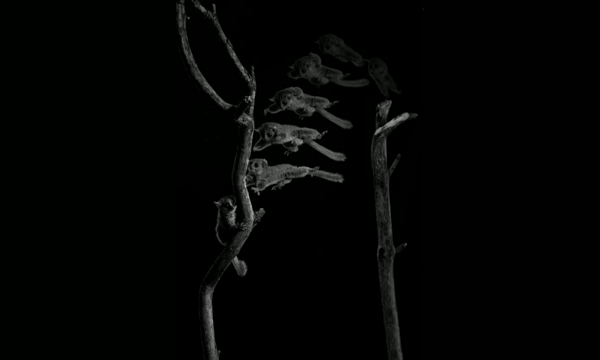SNSF Scientific Image Competition
Get your cameras! Give Swiss research a face.
The SNSF Scientific Image Competition encourages researchers working in Switzerland to present their works to the public and the media. Photographs, images and videos will be rated in terms of their aesthetic quality and their ability to inspire and amaze, to convey or illustrate knowledge, to tell a human story or to let us discover a new universe.
You can find all competition entries, past and present, here:
Participation
Participation requirements
All scientists working at a research institution in Switzerland are eligible to participate. The works must have been produced less than 12 months before the deadline for submitting entries.
Submission
Researchers who wish to take part in the competition must fill in the online form.
Categories of the competition
Each participant may submit from 1 to 5 entries, in one or more of the following categories:
1) Object of study (image)
From the microcosm to the macrocosm, images of the research object captured by scientists using a camera or generated by a computer.
2) Women and men of science (photographs)
Photographs of research in practice, presented by and featuring those conducting it.
3) Locations and instruments
Photographs of the surroundings in which scientists take measurements, generate data and make discoveries, and of the instruments they use while doing so.
4) Video loop
Chronophotography, video or animated gif, documenting some aspects of categories 1 to 3.
Technical details
Photography
Digital image file obtained from a camera. Format: JPEG or TIFF. Maximum size: 100 MB. Minimum resolution: 2000 x 3000 pixels (16.9 x 25.4 cm to 300 dpi). Digital touching up permitted.
Image
Digital image file taken from a camera or computer-generated from data obtained through observation or computer simulation (excluding explanatory infographics). Others: see "Photographs", above.
Video
Digital video file taken from a camera or computer-generated from data obtained through observation or computer simulation (excluding explanatory infographics). Formats: GIF, AVI, MP4 (edited in a loop). Maximum size: 300 MB. Duration: from 3 to 15 seconds. Minimum resolution: 480 x 720 pixels (DVD resolution). Digital touching up permitted.
Terms of use
The participants retain their copyright. They authorise the publication of the submitted images under a CC-BY-NC-ND licence (https://creativecommons.org/licenses/by-nc-nd/3.0/): unaltered images can be used freely for non-commercial purposes as long as they are credited as the creator of the image.
About the competition
The competition is held annually. An international jury will meet at the beginning of the year and award a CHF 1,000 prize in each category for the winning entry, as well as CHF 250 for each distinction. The award-winning works are announced at the end of April, displayed in an exhibition at the Biel/Bienne Festival of Photography and made available to the public and the media, as well as to scientific institutions.
The competition has multiple aims: to highlight the growing role of images in scientific research, to reveal how scientific work is conducted and to give a face to the researchers conducting it. The competition also aims to encourage the media to use more images in their science coverage and make them accessible to the public through exhibitions.
We encourage researchers to pick up their camera and document the – often unusual – environment in which they work, and to give their colleagues a face.
Jury 2026
The jury includes international experts in the fields of photography, museums, media and research from around the world.
Chair
Patrick Gyger, director of Plateforme 10 (Switzerland)Members
Jessica Hallett, media editor, Nature (England)
Alex Jordan, Max Planck Institute of Animal Behaviour (Germany)
Andri Pol, photographer (Switzerland)
Tess de Ruiter, art-science curator, Rotterdam (Netherlands)
Aurélie Saliba, project manager for Adobe Stock (Germany)Award ceremony, exhibition and online galleries
The award ceremony will take place in May 2026 during the Biel/Bienne Festival of Photography, where a selection of the works will be exhibited.
The images are presented at other exhibitions as well as online:
Winners 2017 - 2025
Online gallery
All of the images are presented in our online gallery. Follow the images from the competition on Instagram @swissnationalsciencefoundation and on X using the hashtag #SwissScienceImage.
People’s prize 2017-2021
In March 2021, the public voted for its favourites from among 50 photographs and 15 videos. The preselection had been made in February 2021 by 20 photography students of Arts College Bern/Biel.

A view from inside the neocortical forest (2017)
Nicolas Antille (EPFL)

Jump! (2021) - Video
Daniel Huber (University of Geneva)
News
Year